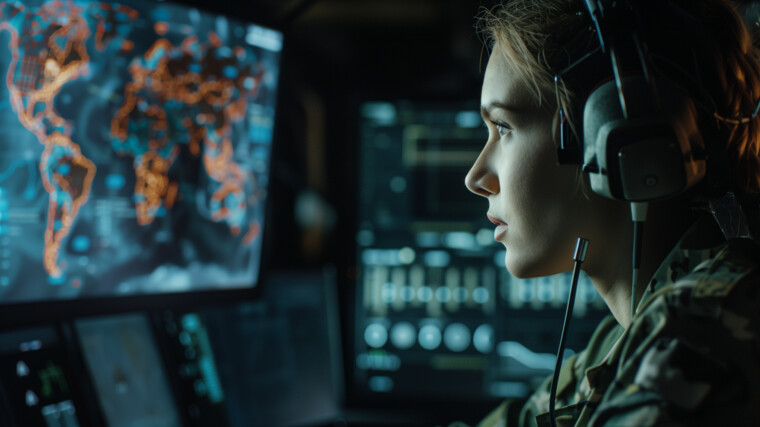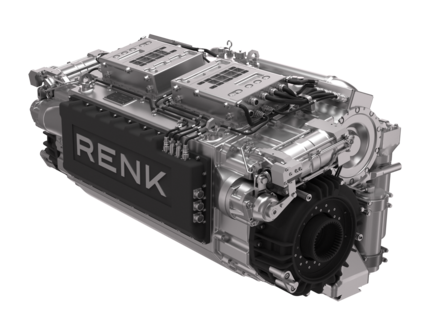In the evolving landscape of military technology, drive-by-wire systems are one focus topic in enhancing vehicle performance, crew safety and mission success. This advanced technology replaces traditional mechanical linkages with sophisticated electronic controls, streamlining vehicle operations and introducing a multitude of benefits across the lifecycle of military vehicles — from design and manufacturing to operation and maintenance.
Installation, servicing and modernization
The transition from mechanical to digital control systems significantly simplifies vehicle design and integration. By eliminating many mechanical components such as cables, hydraulic pumps, and mechanical linkages, drive-by-wire systems allow for more efficient assembly, reduced costs, and enhanced safety. The reduced number of mechanical parts can also decrease the risk of mechanical failures.
Moreover, reducing mechanical connections significantly accelerates the repair or replacement of major assemblies (power packs) in the field. This not only streamlines maintenance but also ensures precise adjustments for brake wear and steering alignment. Accurate brake connection adjustments are crucial, as incorrect setting can greatly increase transmissions wear rates.
Incorporating redundancy is simpler with drive-by-wire systems, compared to traditional hydraulic systems. Electronic controls can be duplicated easily, ensuring that backup systems are in place without the complexity of extra piping. From a maintenance perspective, whether standard or redundant, diagnosing and servicing electronic systems is faster and more straightforward, significantly reducing downtime and maintenance costs.

Advantages in operation
Flexibility through multi-driver interfaces
Drive-by-wire technology extends versatility to the human-machine interface (HMI), which can be customized and replicated across multiple crew stations within a vehicle. This capability ensures that if the primary driver becomes incapacitated, another crew member can seamlessly take control, maintaining operational continuity.
Enhanced drive support
Drive-by-wire systems enable sophisticated manipulation and optimization of input signals, allowing for dynamic adaptation of vehicle parameters based on the driving conditions. This is facilitated by advanced algorithms and sensor integration, which adjust steering and driving support in real-time. The result is a reduction in crew workload and minimized stress on the vehicle's traction and mobility systems, leading to safer and more efficient operations.
Enabling remote control and unmanned operations
Drive-by-wire is crucial for enabling remote and unmanned vehicle operations, which are essential not only in injury scenarios but also in the broader strategy of deploying unmanned military vehicles. For instance, in bridge-laying operations using tanks, crews can switch to remote control during the most hazardous final stages, such as crossing a river. This capability not only enhances safety but also paves the way for innovative applications like autonomous vehicles for combat or rescue missions.
Conclusion: Part of a digital future
Drive-by-wire technology marks a significant advancement in military vehicle design and operation. By simplifying control systems, enhancing safety through advanced drive support, and enabling innovative features like multi-driver interfaces and unmanned operations, this technology is ushering in a new era of military mobility. With ongoing research and future advancements in AI and machine learning, drive-by-wire systems promise to enhance the capabilities and versatility of military vehicles, while also making them safer and more intuitive for operators. The future of military mobility is digital, and it is here.

Related topics

Why armed forces push hybrid drivetrains

Optimizing fuel efficiency: A strategic imperative for military vehicles

ATREX

In case of further questions get in touch with our correspondent.
